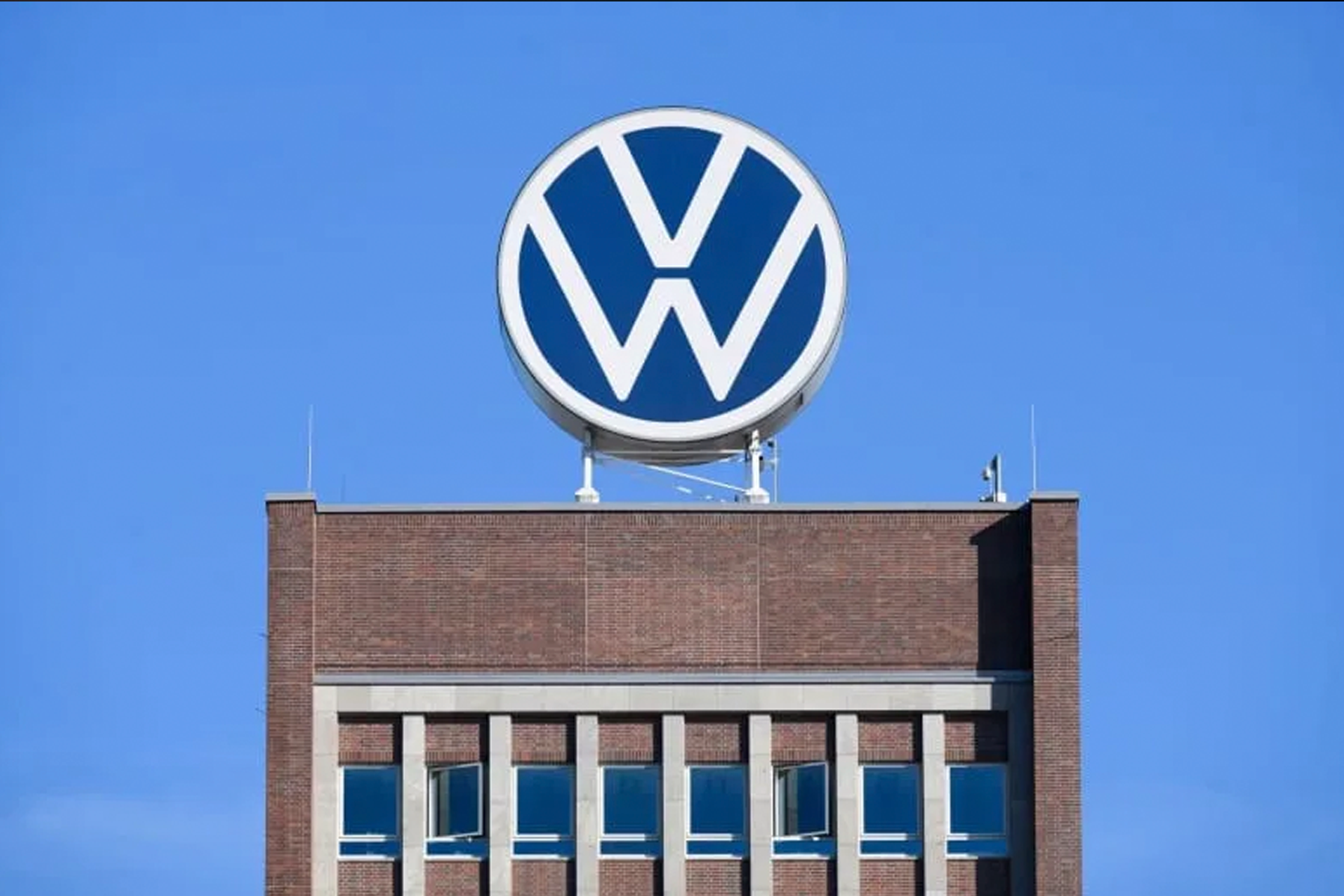Bracing for the Tempest: What the Volkswagen & Audi Shake-Up Means for the Aftermarket Game
Supply-chain stress, falling margins, and the pivot to EVs — here’s how the performance-tuning world (including NEUSPEED) should respond.
1. Semiconductors & Tariffs: Double Trouble
The Volkswagen Group warned that its annual profit goals are at risk due to a worsening global semiconductor shortage — particularly linked to exports from China. Simultaneously, the company stated U.S. import tariffs could cost up to €5 billion in 2025.
For the aftermarket/performance tuning world: OEMs are under pressure, supply chains are stretched, and platform freeze risks grow. That means a tactical window opens for nimble suppliers — but it also demands that we safeguard our parts pipeline and remain nimble in sourcing.
2. Premium Brand Stress-Test: Audi’s Margin Squeeze
Audi cut its full-year operating margin forecast again — now expecting 4-6% rather than 5-7%. The reasons: U.S. tariffs, EV platform delays, and heightened competition.
What this implies: even top luxury brands aren’t immune to structural market shifts. For NEUSPEED and aftermarket players, legacy ICE/hybrid platforms may have extended lifespans — which can be capitalised on — while new EV architectures will require faster adaptation.
3. Legacy Platforms: The Tactical Sweet Spot
Amid these headwinds, the Audi Group’s Q3 2025 update showed ICE/hybrid vehicle deliveries fell ~4.8% while BEV deliveries rose 41%. This suggests OEM focus is shifting — but not abandoning older platforms quite yet.
For the performance aftermarket, this is potentially good news: proven ICE/hybrid platforms of the Golf R, S3, etc., may enjoy longer relevance — giving us more runway to develop upgrades while OEMs divert attention to electrification.
4. The EV Challenge & Aftermarket Futures
The EV wave is real, but messy. VW’s new ID Buzz AWD and Audi’s Q6 e-tron are signals of the direction. Systems get more integrated, software-driven, and less “easy” for traditional tuning.
That doesn’t kill the aftermarket — it just changes the playbook. Rather than purely horsepower mods, we’ll see more performance defined by cooling, weight reduction, aerodynamics, wheel/rotor mass, and software calibration.
The takeaway: while OEMs struggle with margins, tariffs, and transition costs, the aftermarket holds the speed and agility advantage. Precision matters — and that’s where performance lives.

